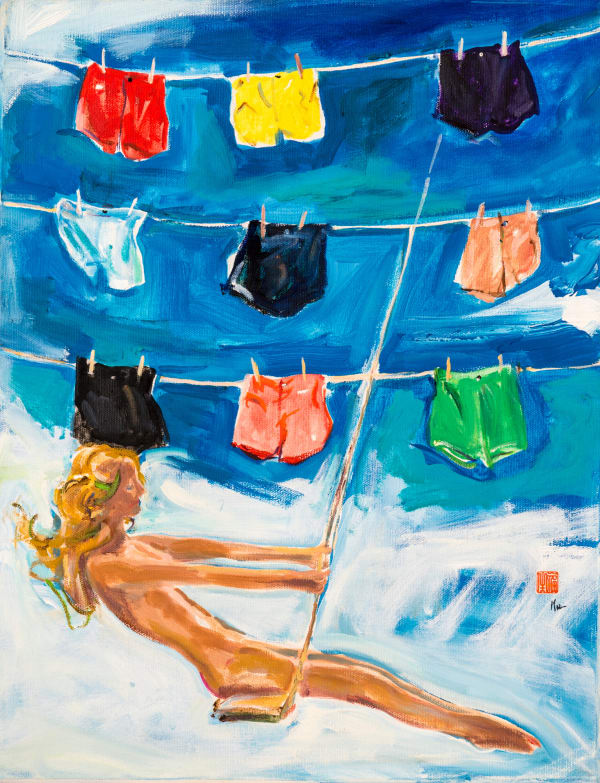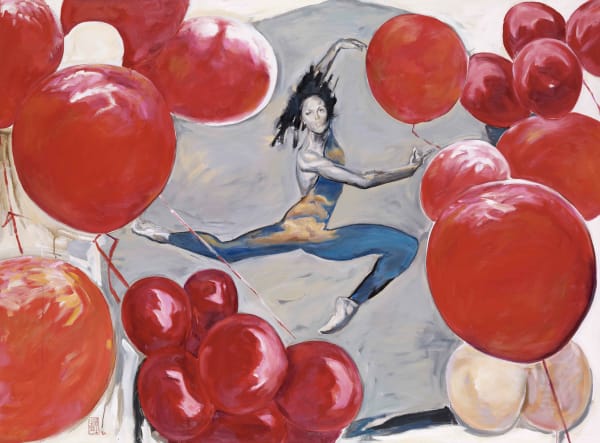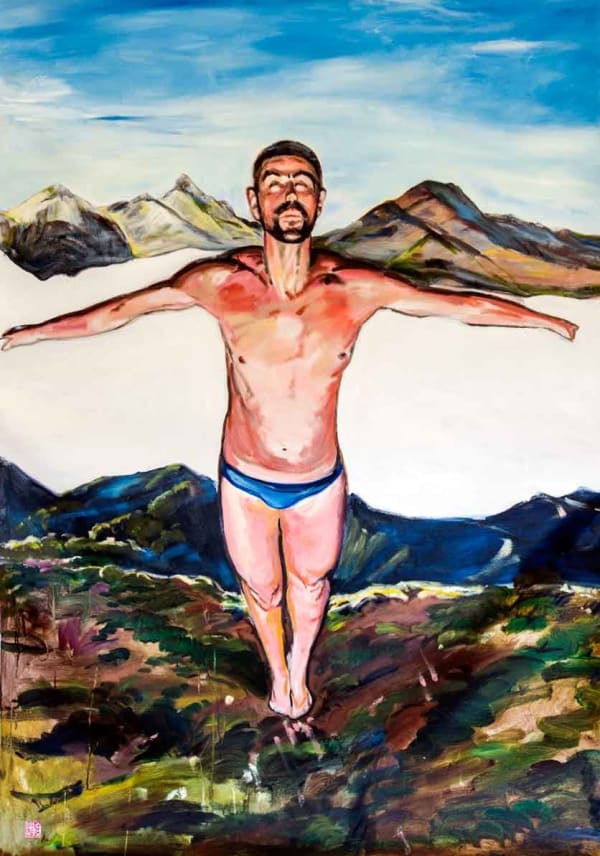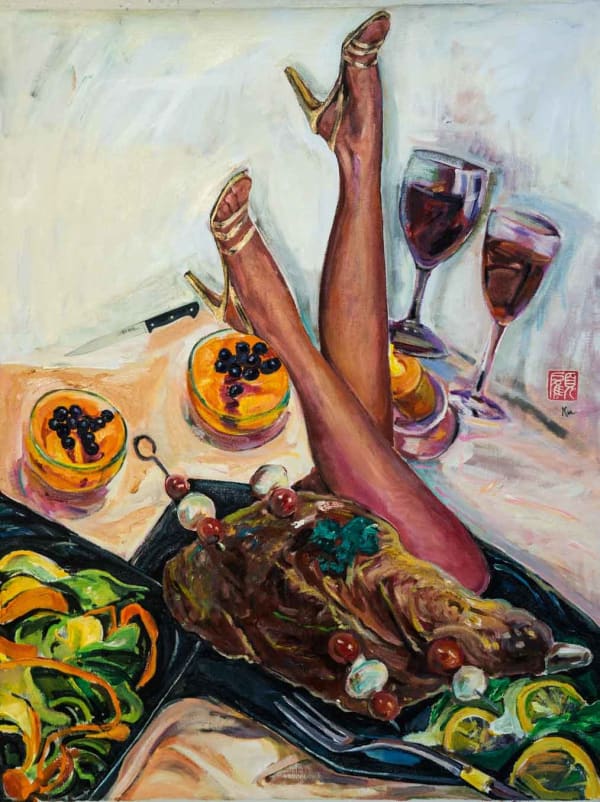-
In the heat of August, the sticky and filthy city air hung in a smog between the crowded skyscrapers of Taipei’s most upmarket district, and through the haze the evening sun bathed their glass walls in a blaze of color. Fu-sheng and I must have been overawed by this post-modernist Taipei street scene, and as there was no chance of hailing a taxi, we simply sat down on some stone steps by the side of Tunhua South Road. Oblivious to the stream of passers-by and the roar of the traffic, we began to talk and joke about everything under the sun.
A Life Devoted to Art—A Sketch of Ku Fu-sheng by Pai Hsien-yung
-

In 1990s, Eslite Bookstore was located near Taipei Jen-ai Tunhua traffic circle.
-

Fu-sheng KU's student ID during his time in Paris.
-
-
-

Fu-sheng KU (left) and PAI Hsien-yung In New York 1960s.
-
-
-
-

Fu-sheng KU (left) and PAI Hsien-yung, 1970s San Francisco
-
-
-
-

Fu-sheng KU (left) and PAI Hsien-yung, "Fu-sheng KU's solo exhibition" at ESLITE gallery 2012. Photography by LIN Hao
-
-
-
Tap here for more " Fu-Sheng KU Solo Exhibition - Song of Myself ".
Photography: XIAO Ron / Motion graphic: WANG Da-Wei




















